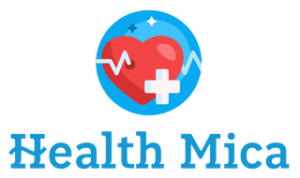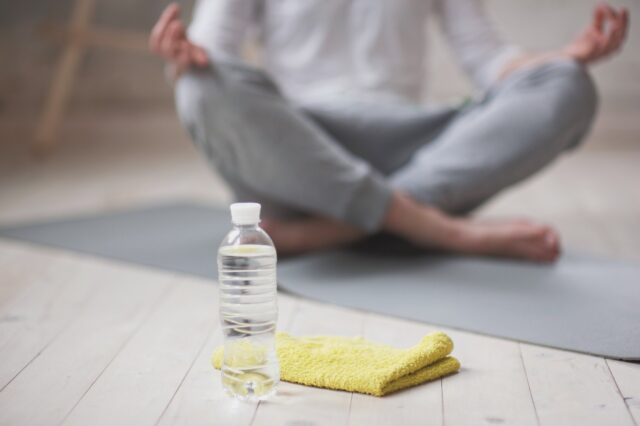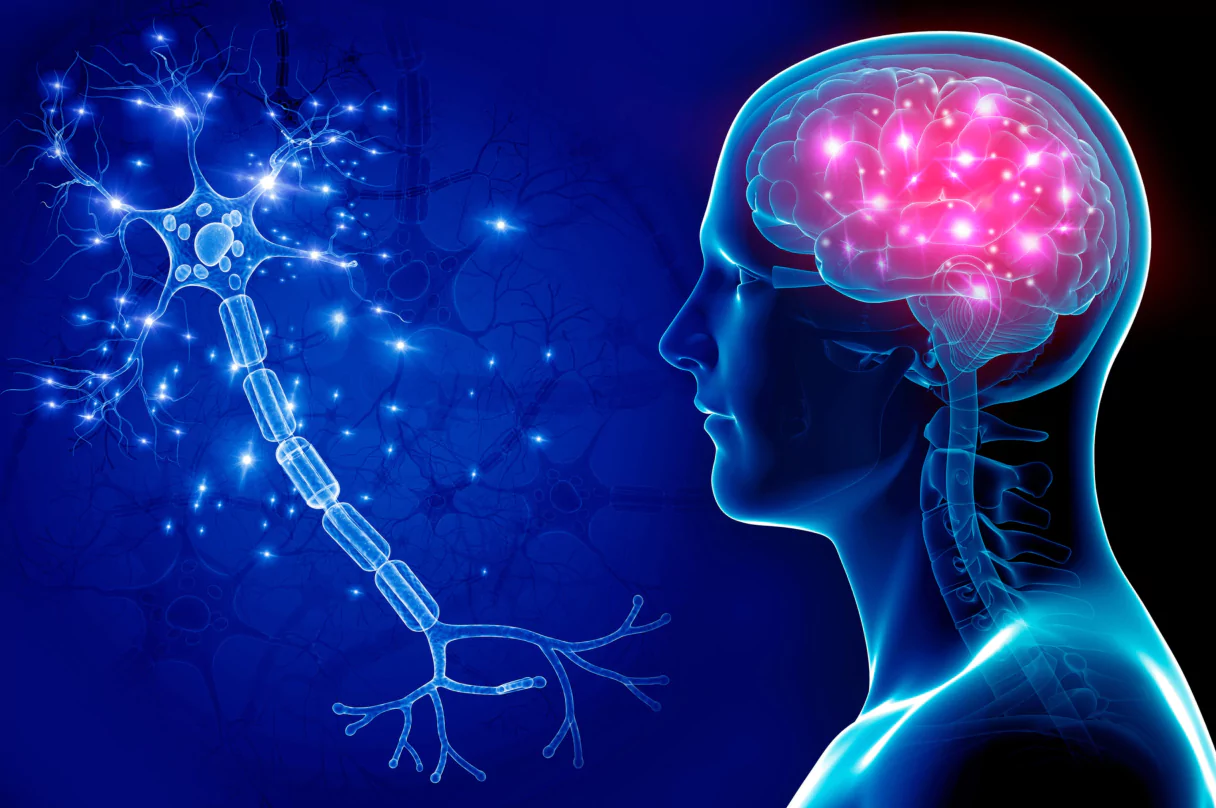Why CFO Recruitment Requires Sector-Specific Expertise
In today’s rapidly evolving business landscape, the role of the Chief Financial Officer (CFO) extends far beyond traditional financial stewardship. As organizations grapple with complex challenges, from regulatory shifts to technological innovations, the need for sector-specific expertise in CFO recruitment has become increasingly vital.
A CFO isn’t just a numbers person; they must possess a nuanced understanding of the unique dynamics that govern their industry—be it healthcare, technology, or manufacturing. The stakes are high.
A savvy CFO can not only navigate financial risks but also drive strategic initiatives that fuel growth and profitability. This intersection of finance and industry insight leads to a compelling argument: the recruitment of a CFO should prioritize specialized knowledge, ensuring that these leaders are not only adept at balance sheets but are also equipped to anticipate and respond to the specific needs of their sector.
In a world where every decision counts, having the right leader at the financial helm can make all the difference.
Financial Regulations and Compliance

In the ever-evolving landscape of financial regulations, a CFO’s role transcends traditional financial oversight, demanding a nuanced understanding of both compliance frameworks and industry-specific dynamics. Navigating a maze of local, national, and international laws, CFOs must possess in-depth knowledge of the regulatory environment unique to their sector, whether its technology, healthcare, or energy.
It’s not just about ticking boxes; it’s about interpreting complex legislation and ensuring that the company\’s financial strategy harmonizes with compliance obligations. This requires a blend of strategic foresight and meticulous attention to detail, as well as the ability to anticipate changes in regulatory trends.
Ultimately, the right CFO—not only understands the regulations but also leverages this knowledge to drive the company forward while safeguarding its interests and ensuring sustainable growth.
Tailored Financial Strategies

Tailored financial strategies are essential for navigating the intricate landscapes unique to each sector, highlighting the necessity of sector-specific expertise in CFO recruitment. A chef wouldn’t use the same recipe for a gourmet meal as they would for comfort food, and similarly, a CFO’s approach must be finely tuned to the nuances of the industry they serve.
In industries swayed by rapid technological changes, for instance, a forward-thinking financial strategy is not just beneficial but imperative. It demands an understanding of the fluctuating market dynamics alongside regulatory frameworks and consumer behavior that can shift overnight.
This is not merely a numbers game; it’s about aligning financial insights with strategic vision. An adept CFO recognizes these subtleties, leveraging industry trends to craft innovative solutions that propel growth while mitigating risks.
In this ever-evolving economic environment, bespoke strategies, rather than one-size-fits-all solutions, are what create the path to sustainable success.
Industry-Specific Performance Metrics

Industry-specific performance metrics are not merely numbers on a report; they are the pulse of a sector, reflecting its unique challenges and opportunities. For instance, in tech, metrics like customer acquisition cost and monthly recurring revenue are vital, while in manufacturing, inventory turnover and production efficiency take center stage.
A CFO who understands these nuances can make decisions that not only improve financial health but also drive strategic growth. Moreover, industry-specific benchmarks allow for effective forecasting, enabling the CFO to navigate potential pitfalls with agility.
Ultimately, a deep dive into the metrics that define success in a particular field empowers leaders to innovate, adapt, and thrive amidst constant change.
Conclusion
In conclusion, the recruitment of a Chief Financial Officer (CFO) demands a nuanced understanding of the specific sector in which the organization operates. As financial landscapes vary greatly between industries, the right CFO should possess not only traditional financial acumen but also a deep familiarity with sector-specific challenges and opportunities.
This expertise enables CFOs to drive strategic initiatives, ensure compliance, and optimize financial performance tailored to the unique needs of the business. For organizations looking to navigate this complex landscape, partnering with recruitment specialists like www.fdcapital.co.uk can significantly enhance the chances of securing a CFO who not only fits the technical requirements but also aligns with the overarching goals of the company.

































